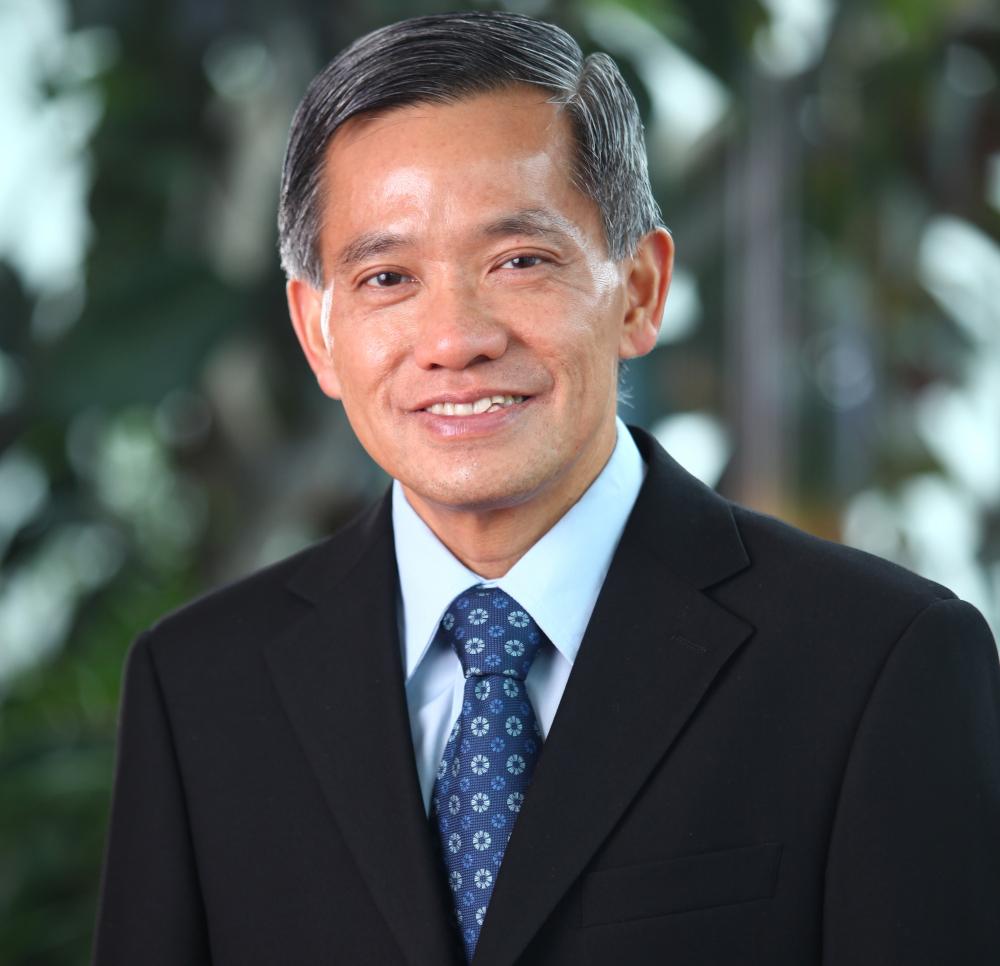
Poh Loh Goh, EVP/head of component services in the commercial aerospace MRO division at ST Engineering, talks about the Singapore-based company’s recent LEAP-1A nacelles repair licensing agreement with Safran and where it is looking to next add capability.
How did the partnership with Safran for the LEAP-1A nacelles capability come about?
If you go back a few years, ST Engineering bought Middle River in 2019. Middle River Aerostructure Systems is a partner to Safran on the LEAP-1A program for nacelles and manufactures some parts for that. When we acquired Middle River, we always had the intention to do the aftermarket MRO for the LEAP-1A nacelles. The discussion had started and then finally, this model of licensed MRO was developed because Safran, while being one of the joint venture’s partners in the LEAP nacelle, is the lead OEM for the aftermarket. So with that, we came up with this MRO licencing agreement structure, similar to how other companies have taken this on. Demand will be gradual and maybe quite like our work on nacelles for Boeing 787 engines, the GEnx and the Trent 1000. Nacelles are an on-condition item, and with more than 8,000 A320neo family aircraft on order, we will see demand coming from all over.
Which locations will service the nacelles?
We have three locations. First, our manufacturing plant in Baltimore, U.S. Second is our nacelle workshop in Stockholm, Sweden and third, our facility in Xiamen, China where we have started nacelle-related work. Of course, there is both light and heavy work for nacelles. These three shops are centers of excellence for heavy services related to that capability. However, we are now looking at some of our airframe facilities with the intention of having light capabilities for nacelles at them. This is so that when an aircraft comes in, and there is work that can be done in a hangar on-wing, we will be able to do that.
When will the LEAP-1A repair services begin across the ST Engineering network?
Market demand is already there and some work has already started at our Baltimore facility. I expect our Xiamen and Stockholm shops to begin work in the next quarter of this year. These shops are already doing nacelle MRO work for other engine types including the V2500, GEN X, Trent 1000 and Trent 700, so this move into the LEAP-1A means more capability at the three shops.
Where are you looking next in terms of future nacelle repair capabilities?
We are looking at repairs for the A350’s engine, the Trent XWB along with the A320neo family’s other option, the PW1100G. There is also the Comac ARJ21, which we already have capability for in Xiamen to repair the nacelles for its CF34-10 engine and the C919 in future, which is powered by the LEAP-1C. These are all capabilities that are in the pipeline for us to either add or grow.
In the component segment, what are you currently seeing in terms of supply chain disruption?
In our component business, where we do many repairs, turnaround times (TATs) can be double the time of what we had experienced previously. It’s common for what was previously a 15-day TAT is now a 30-day one. In more extreme cases, TATs can surpass 100 days. That is a very real challenge we are facing now. Given the high volume of parts, OEMs are facing the same problem in areas such as shipping and getting spare parts remains challenging. From the perspective of nacelles, given it’s a huge item means we must ship it around at great cost and at times in the pandemic, it was difficult to even get a slot to do this. Now it has improved somewhat, and we can see our delivery cycles gradually coming close to pre COVID levels.





